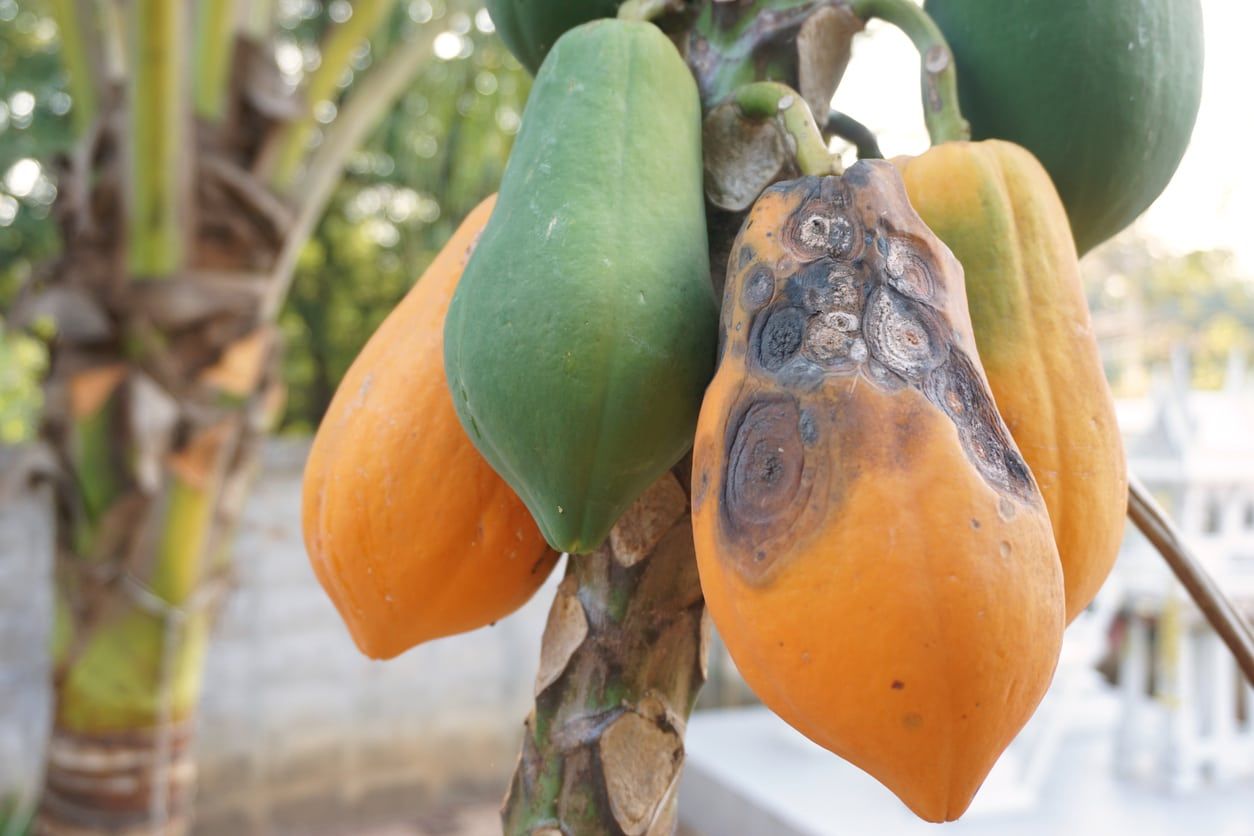- 您的话题内容不能为空。
- 作者帖子
- 10 4 月, 2025 6:16 上午 #625690

As demand grows for healthier, chemical-free produce, more pawpaw farmers are turning to natural farming methods. One of the key challenges in this shift is managing pests effectively without resorting to synthetic pesticides.
Organic pawpaw pest control focuses on using environmentally friendly strategies to protect crops while preserving beneficial organisms and soil health. This approach not only supports sustainable agriculture but also aligns with consumer preferences for cleaner, safer fruits.
Understanding and applying organic pest control methods is essential for any farmer committed to eco-conscious pawpaw production.
1. Identifying Common Pests In Pawpaw Farming
Before control measures can be applied, farmers must know the main pests that affect pawpaw. These typically include mealybugs, whiteflies, aphids, fruit flies, and spider mites. Each of these pests targets different parts of the plant, from leaves and stems to the developing fruits.
Early detection is crucial, as most of these pests reproduce quickly and can cause significant damage in a short time. Regular scouting, especially during the early morning or late afternoon when pests are most active, helps farmers stay ahead of potential infestations.
2. Natural Remedies And Botanical Insecticides
One of the cornerstones of organic pest control is the use of plant-based remedies. Neem oil, garlic extract, pepper spray, and fermented plant teas are popular options for pawpaw farmers. These treatments repel or kill pests without harming beneficial insects like bees and ladybugs.
Neem oil, for instance, disrupts insect feeding and reproduction, making it particularly effective against soft-bodied pests like aphids and mealybugs. Regular application—especially after rainfall—can keep pest populations under control without resorting to chemicals.
3. Biological Control Using Beneficial Insects
Encouraging natural predators is another effective strategy in organic pawpaw pest control. Lady beetles, lacewings, praying mantises, and parasitic wasps all help reduce pest populations by feeding on harmful insects.
Farmers can attract these beneficials by planting flowering herbs and cover crops nearby, which serve as shelter and food sources. Avoiding broad-spectrum pesticides ensures that these helpful creatures remain in the ecosystem, forming a natural defense system around the pawpaw orchard.
4. Cultural Practices That Prevent Pest Infestations
Organic pest control also includes farm management techniques that create unfavorable conditions for pests. Practices like crop rotation, proper spacing, regular pruning, and intercropping can significantly reduce pest outbreaks.
For example, intercropping with pest-repellent plants like marigold or basil can confuse insects and limit their spread. Pruning old leaves and removing fallen fruits helps break the life cycles of common pawpaw pests, while good spacing and airflow discourage the humid conditions that attract pests and diseases.
5. Safe Trapping And Barrier Methods
Physical control methods such as traps and barriers are essential tools for organic pest management. Yellow sticky traps can attract and catch flying pests like whiteflies and aphids, while fruit fly traps baited with vinegar or sugar solutions help reduce fruit damage.
Netting and row covers can physically block pests from reaching young pawpaw plants without affecting their growth. These methods are safe, chemical-free, and highly effective when combined with other organic practices.
Organic pawpaw pest control offers a holistic, environmentally responsible way to manage insect threats while maintaining the health and productivity of the orchard. By using natural remedies, encouraging beneficial insects, and implementing smart cultural practices, farmers can protect their crops without relying on synthetic chemicals.
These methods not only safeguard the environment but also produce cleaner, healthier pawpaw fruits for the market. With a little planning and consistency, organic pest control becomes a powerful tool in sustainable pawpaw farming.
Read Also: Optimizing Pawpaw Fruit Quality Through Proper Pollination Techniques
- 作者帖子
- 哎呀,回复话题必需登录。

